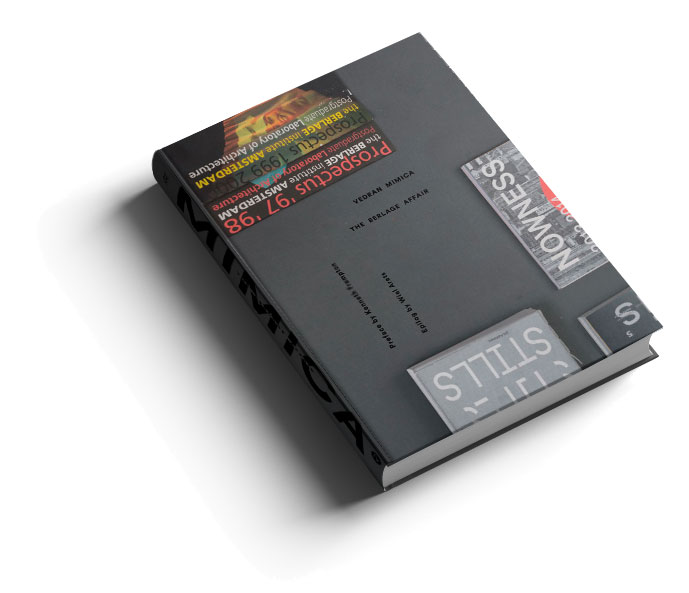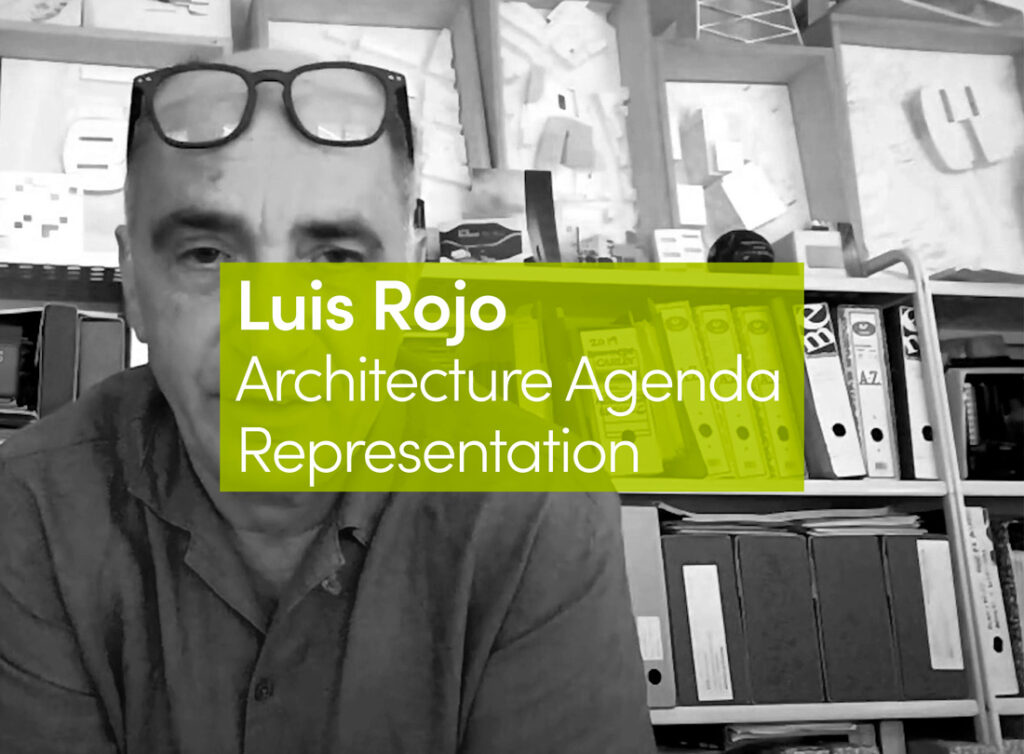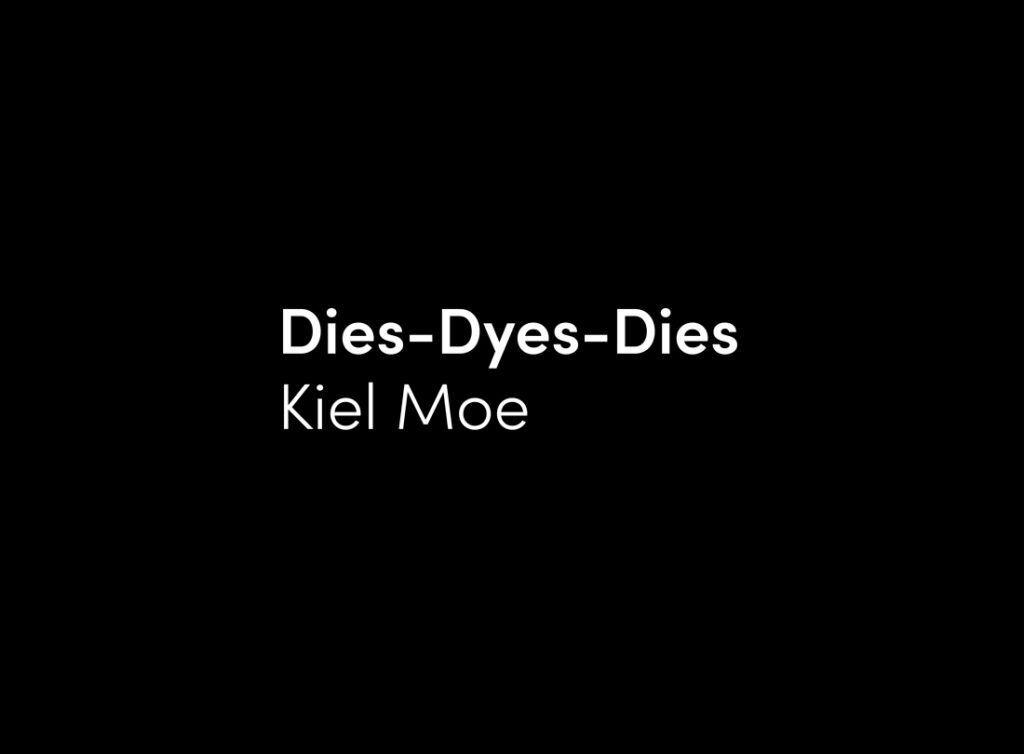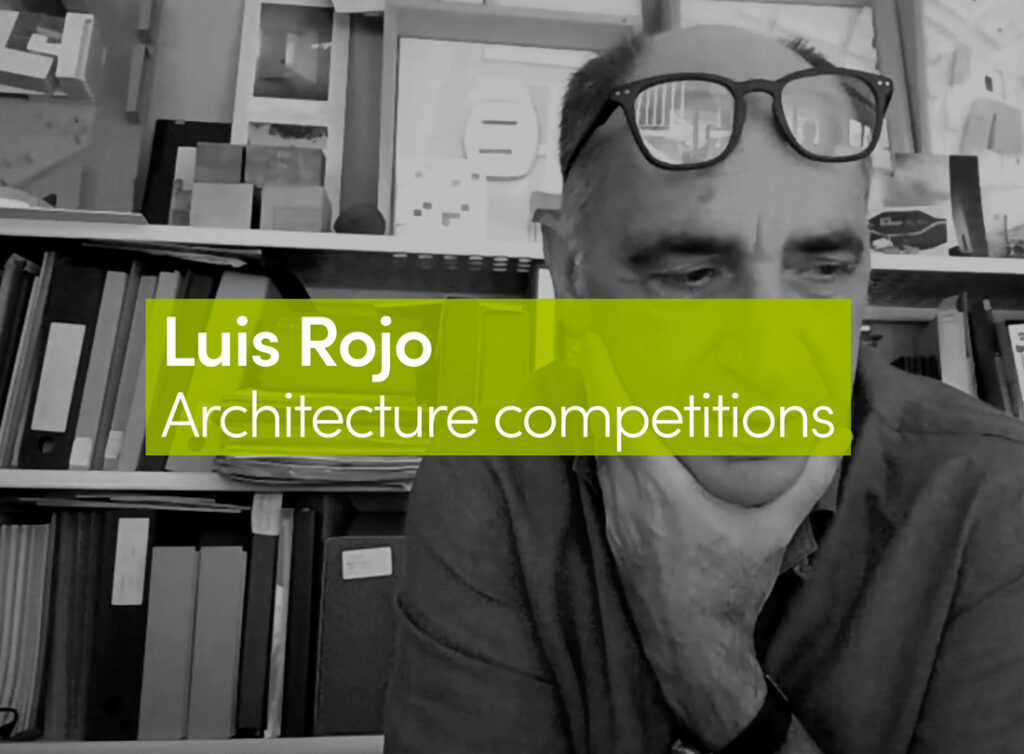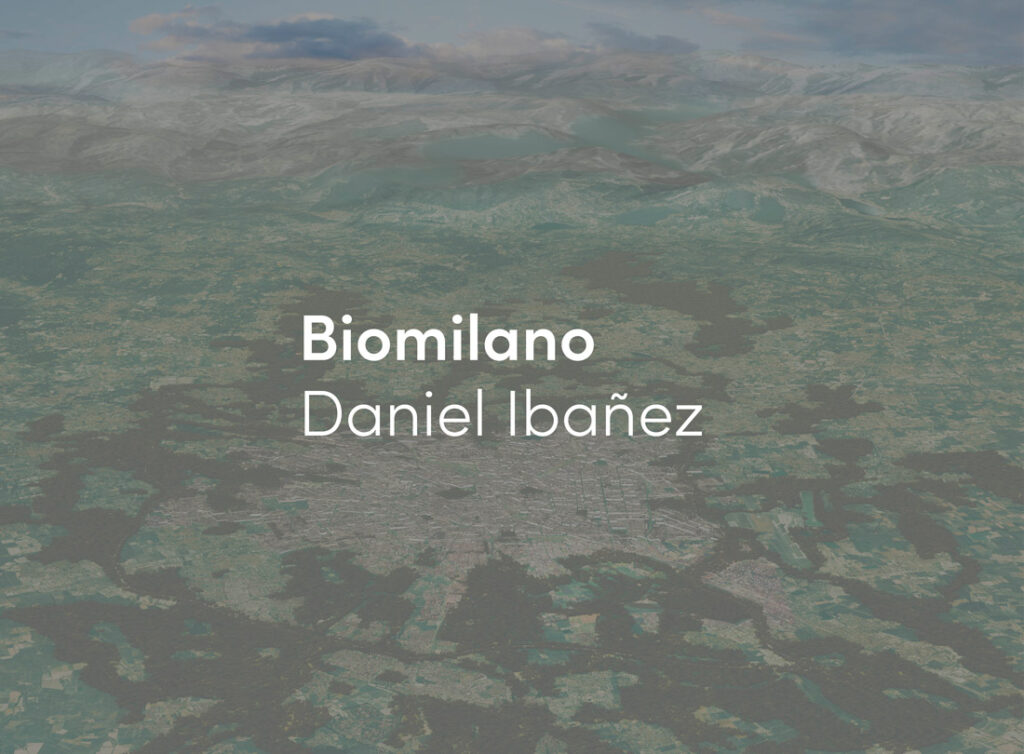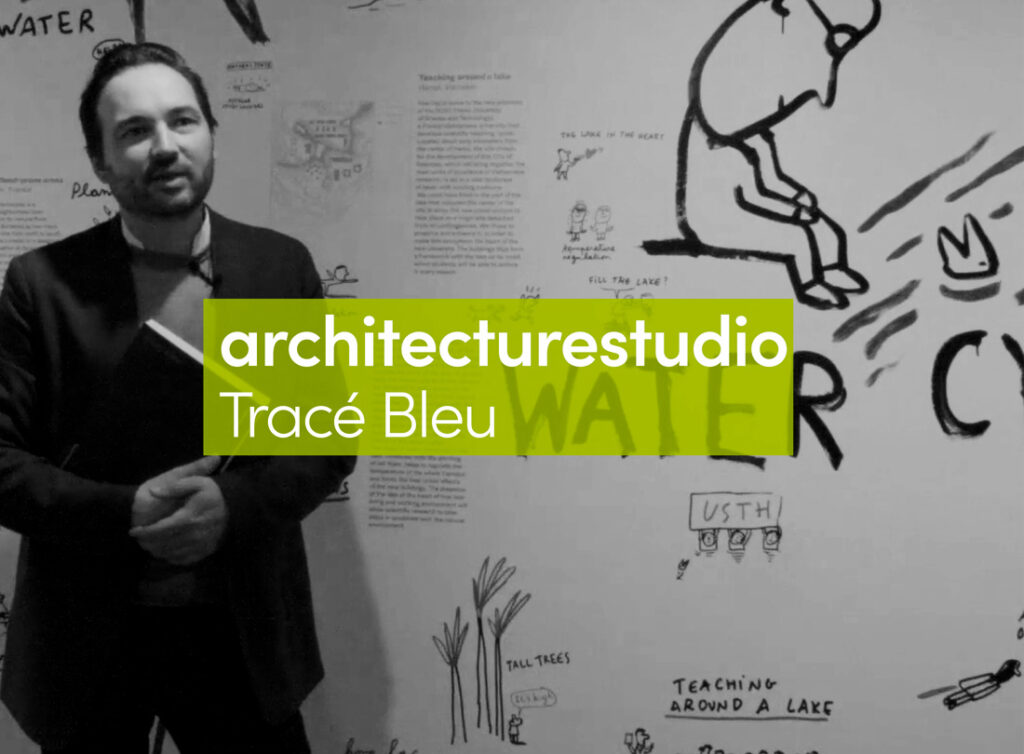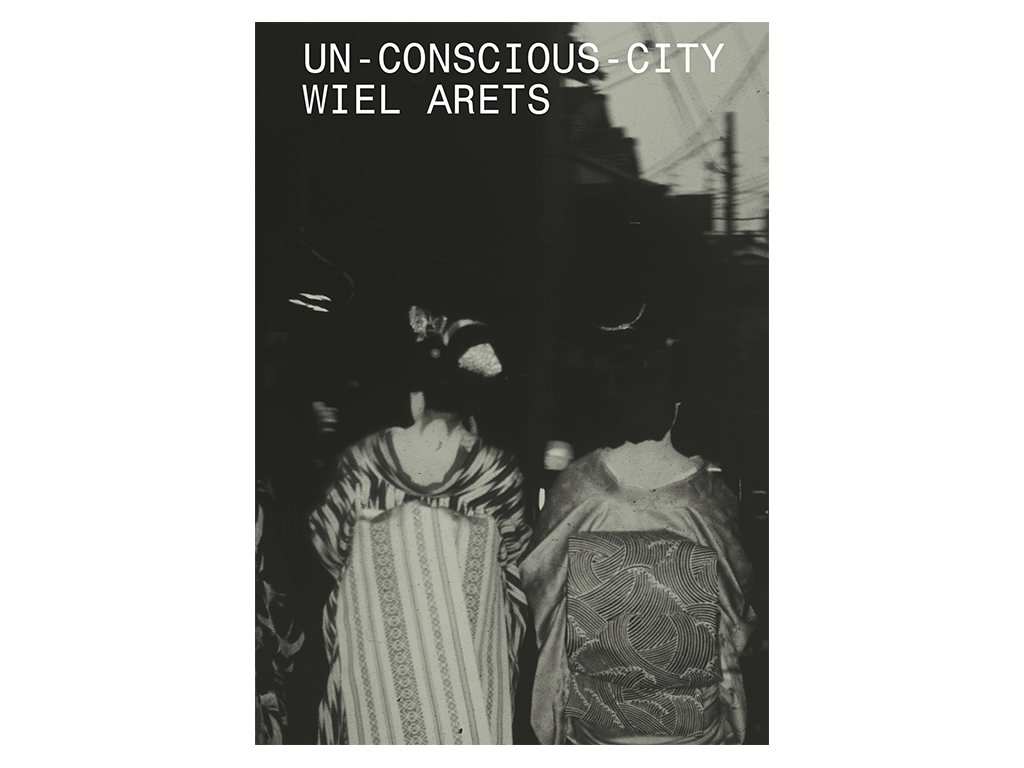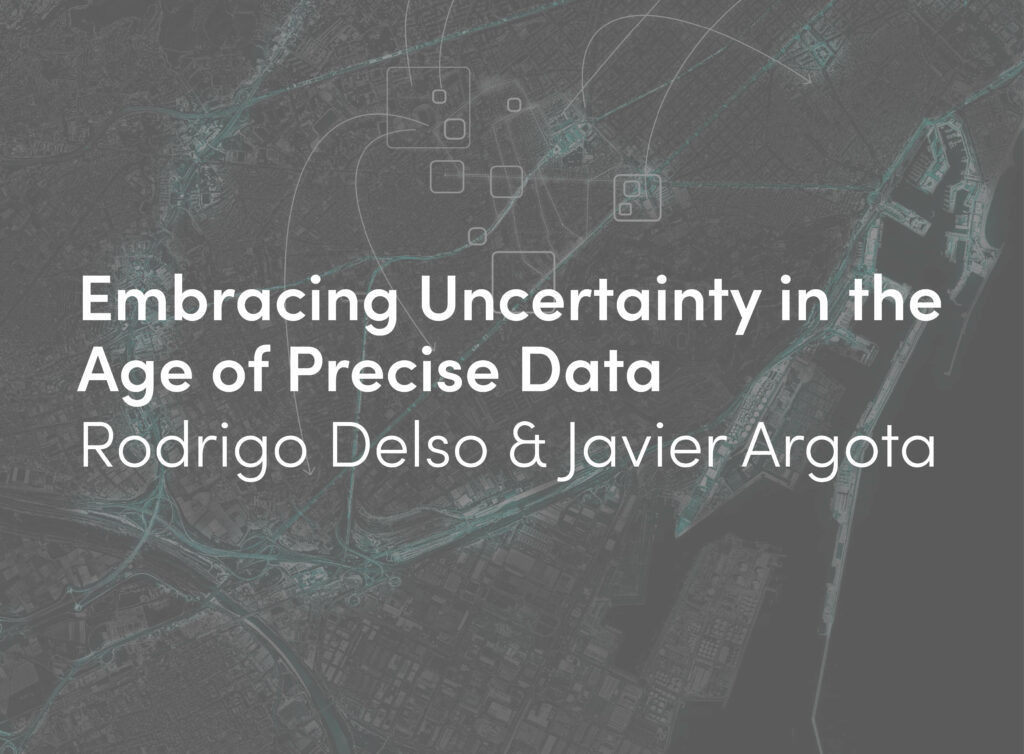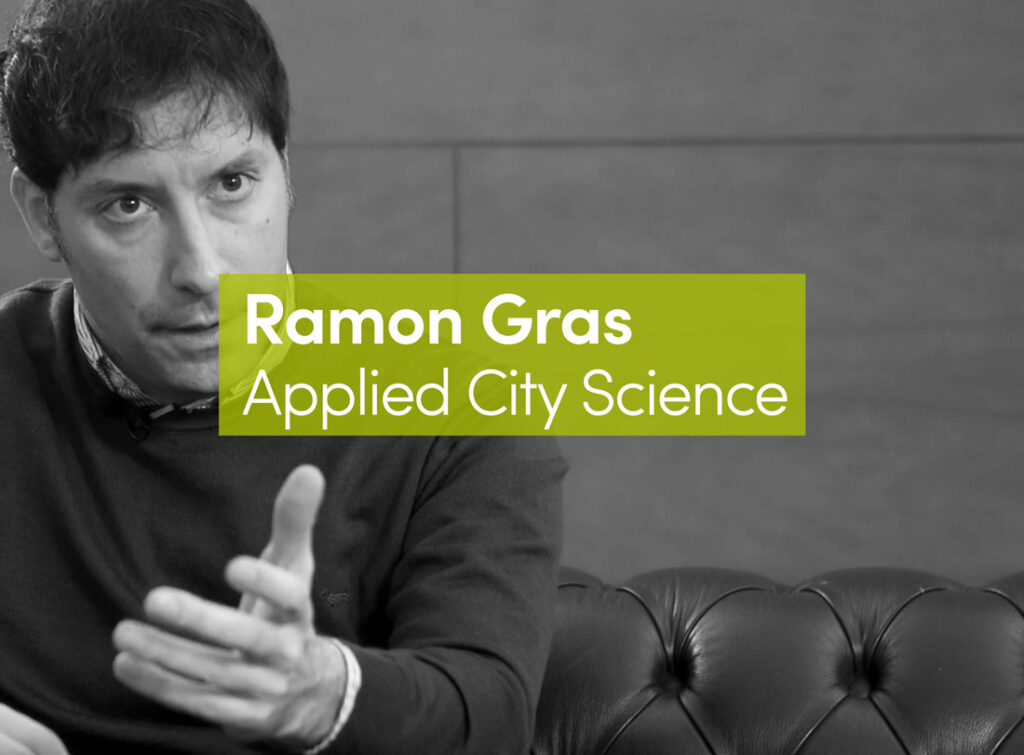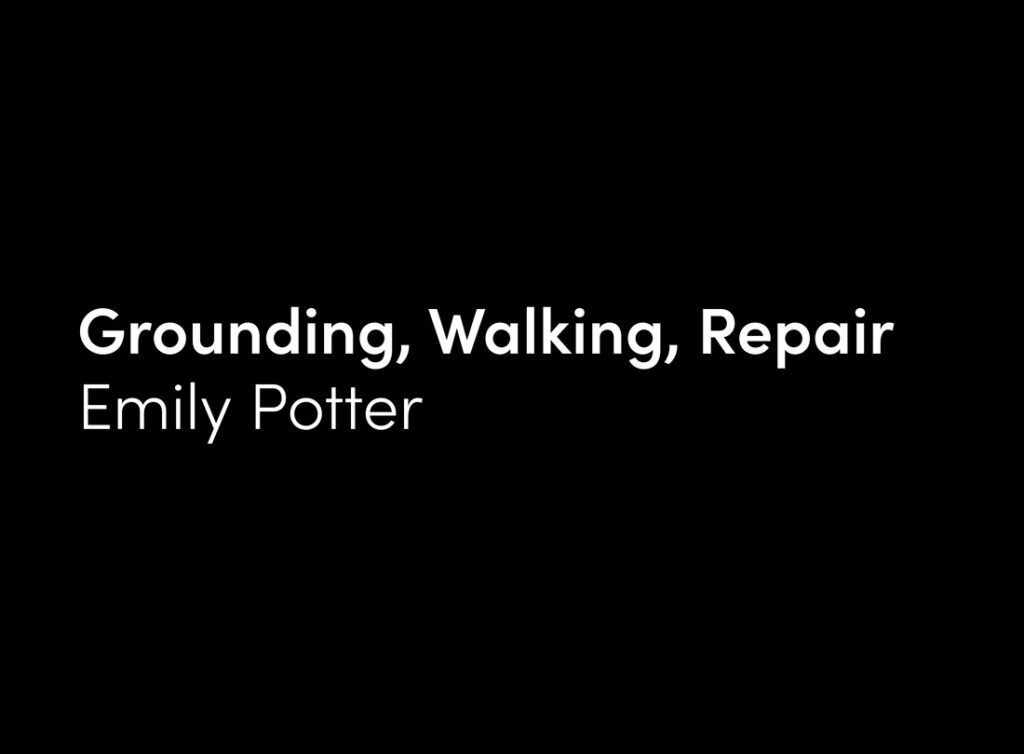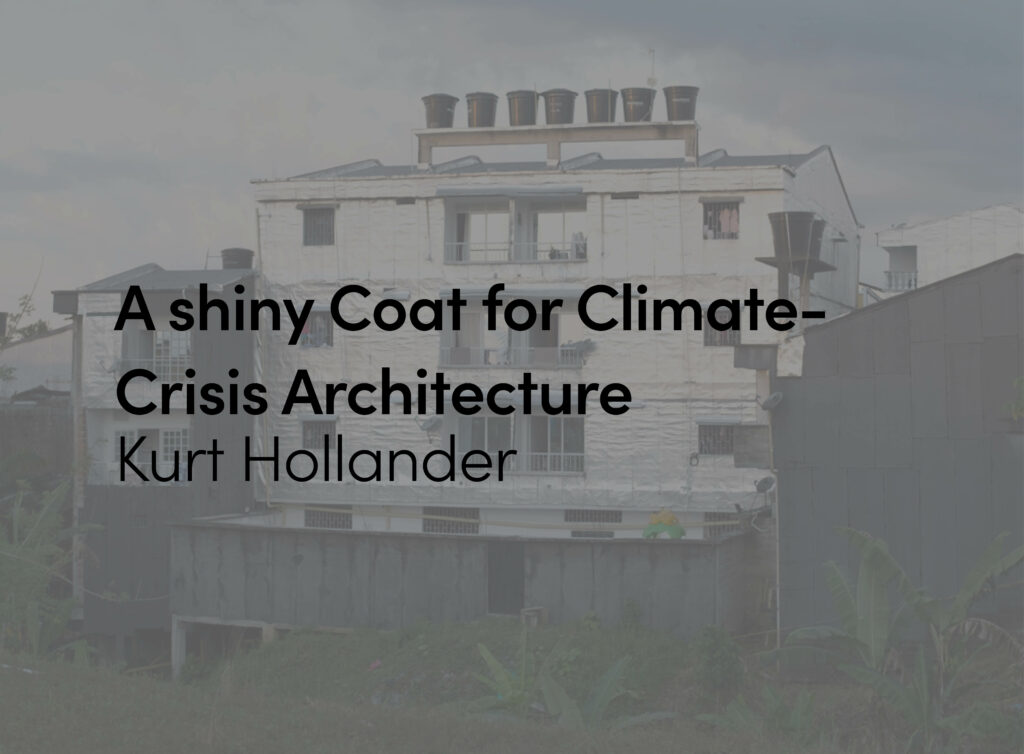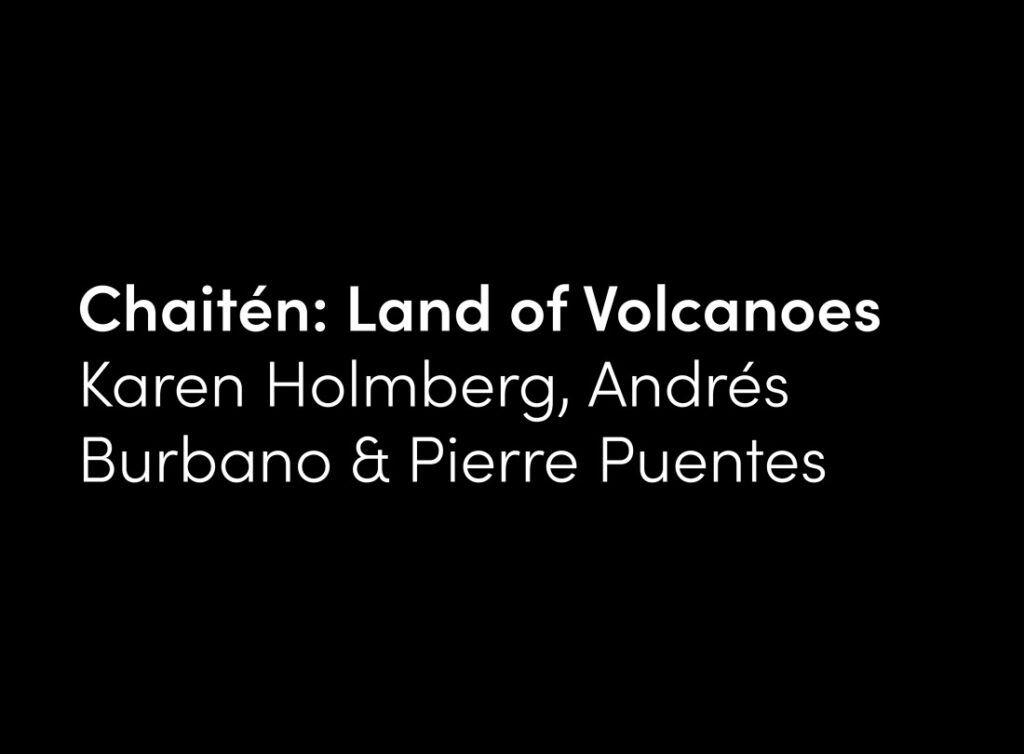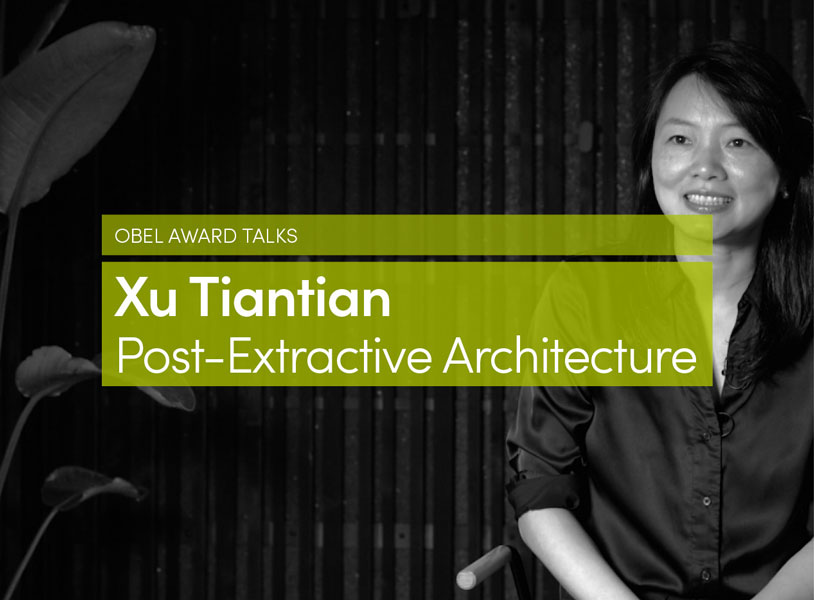Within the complexities of these global phenomena, the city becomes central to the contemporary architectural debate. As Saskia Sassen stated in a 2004 public lecture at the Berlage Institute, “City space is the key zone where a lot of the power projects of global corporate capital play out, and where the new political interventions of even the poorest organizations can also be enacted.” And then more recently at the London School of Economics Urban Age conference in Berlin from November 2006: “Architecture needs to confront the massiveness of urban experience, the overwhelming presence of massive architectures and massive infrastructures in today’s cities, and the overwhelming logic of utility that organizes much of the investments in cities.” Yet, as Rem Koolhaas pointed out in another public lecture held by the Berlage Institute in February 2006, architecture has reached an impasse: the concept of the city is disintegrating.
Presented throughout the clusters of the Visionary Power exhibition are series of projects by a younger generation of architects and urbanists that bridge theory and practice to investigate today’s urban conditions. These ambitions – merely mappings of contemporary trends – depict how architecture and architects can initiate a transformative impact on the production of the contemporary city. As Kenneth Frampton instructs us, I am paraphrasing here: one is tempted to suggest that the great nemesis of our time is maximization irrespective of whether it is a maximization of profit or firepower. You may well ask where does this leave the architects of our time? This is a question that here, as elsewhere, is painfully difficult, if not impossible, to answer in a satisfactory way. One can only say that the responsibilities of being an architect are as much to be constantly engaged in political discourse and advocacy as to be involved in the design and realization of a built form. [1]
By not searching for statistical truth, these proposals allow us to see the world lucidly as it currently exists: as a means to empower us – as architects – to take action. From arguing that cities like Beirut should create new networked city-state paradigms by exploiting their inherent social and cultural differences to unmasking the urban interiors of Johannesburg, these projects unfold and unpack reality as it is by direct engagement with the real world.
Projects – like the one for Rome investigating the ability of architecture to achieve coexistence between tourism and heritage, or the use of Havana as a tourist attraction to develop a new global identity – call for a renewed commitment of architectural imagination. The research into Mexico City’s unrelenting urban expansion, or the presentation of the seemingly neutral transitory spatial conditions along the border of Ceuta, reject the prevailing tendency to view the growing complexity of our urban environment as a pretext for an end to the relationship between architecture and the city. The time for universal urban models may be over, but the need for new strategies for the city – like using energy management methods to urbanize Busan – is no less acute. In order to equip a new generation of architects to develop these strategies, a new and in-depth knowledge of the powers and forces that drive development is required. Each presented project takes a stance, to reveal the similarities and differences between cities and cultures to suggest how architects and urbanists can influence and improve our future. By clearly understanding how these forces operate, these proposals – such as the scenario for blurring political power with market hegemony in Luoyang, or the reshifting of corporate activity from the metropolitan centers to the suburban peripheries as in the case of Jersey City – show how to intelligently subvert by working with, and around, these conditions.
These projects go beyond the current obsession with mapping and pose direct questions to the discipline of architecture by directly engaging in the quest for changing reality or elevating society to a different level of existence.
Architecture as Power, or Return to the Discipline
It is clear that this current impasse in architecture is related to the inability of the architectural profession to form a clear idea about the contemporary city. Urban projects, as Lyotard’s concepts of grand narratives, are long gone – along with the times when architects would make rigorous attempts to understand and project the city. As Koolhaas also pointed out in his recent lecture, the writing of architectural manifestos ceased in the late 1960s – precisely at the moment when urbanization exponentially increased on a global scale. This loss of engagement with the city, as a conceivable collective entity, produces a breaking point between architecture’s theory and practice. In today’s world, we believe that architecture should no longer attach itself to other disciplines, such as sociology and philosophy, or work through sophisticated computational techniques or other state-of-the-art processes, in order to reactive itself. The position throughout this exhibition is that architecture must be connected to reality through its own disciplinary tools, possibilities and performances. In order to truly take action to change our world, we must make architecture a discipline that other disciplines relate to, instead of architecture always looking to other disciplines to revitalize itself. The architect is a figure who – through his or her professional performance, intellectual capabilities, and research investigations – is able to fundamentally understand the forces shaping contemporary urban reality. Throughout this exhibition we show how architecture must be connected to reality through its own tools and possibilities. By delivering a juxtaposition of ideas and positions, these projects precisely implement an architectural reaction to found urban conditions by re-imagining our world. This is the power of architectural thought.
